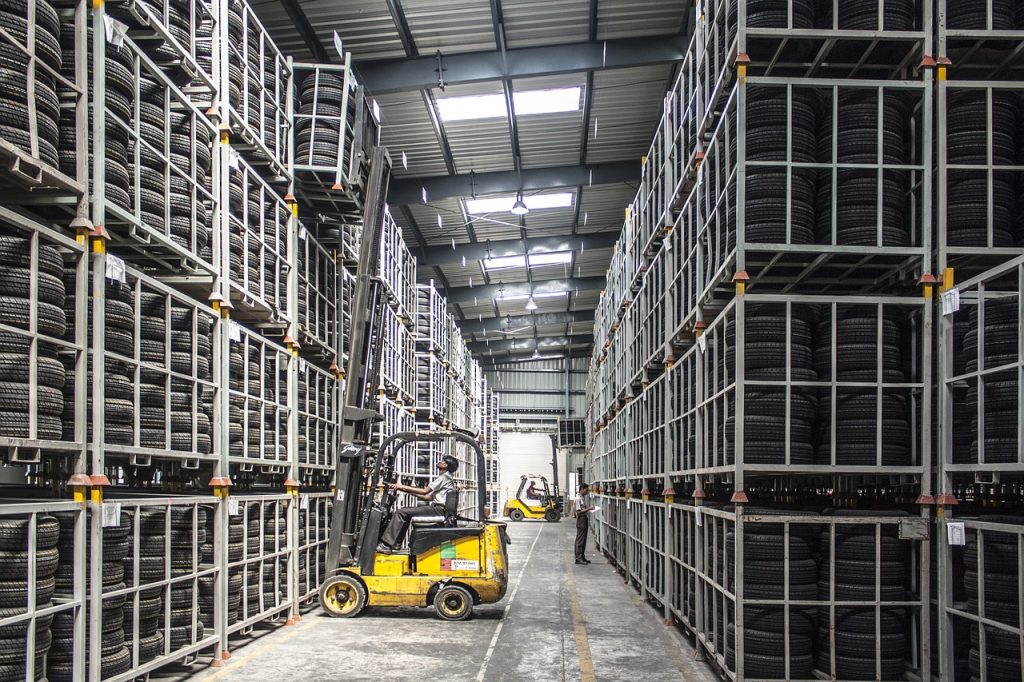Commercial real estate firm JLL predicts that demand for industrial real estate space could grow by an addition 1 billion square feet by 2025.

The demand is likely to be driven by a need for more fulfillment centers due to the growth in e-c0ommerce – an industry that has boomed since the onset of the coronavirus pandemic. As such, businesses have found they need more warehouses to store products and keep pace with their online customers.
eMarketer has forecast that e-c0mmerce sales in the U.S. could account for 14.5% of total retail sales in the U.S. this year, amounting to $709.78 billion. But by the end of 2024, that figure could rise to 18.1%, with online sales surpassing the $1 trillion mark. Craig Meyer, president of JLL’s Americas industrial division, has said the industrial sector is now the “darling” of commercial real estate.
Pre-pandemic, around 35% of JLL’s industrial leasing activity was e-commerce related. But the company says that now, more than 50% of its industrial leasing is related to the online retail sector, and that number is growing all the time.
“The first quarter was our largest leasing quarter in three years,” Meyer told CNBC. “We’re seeing more pressure on [e-commerce companies] than the typical holiday season to meet consumer demand.”
Meyer said that transactions for warehouse space are occurring more rapidly due to the increased demand. For example, one retail firm recently leased a 1.2 million square foot warehouse in Delaware, and then moved in immediately so it could fulfill orders for new items.
“That is unheard of,” Meyer said. “The lease was signed, and they moved in in less than 30 days.” Deals like this typically occur over a nine-month period, from signing a lease to moving in, he explained.
Now, JLL reckons the U.S. will need to add around 100 million square feet of cold storage facilities in order to keep pace with sales trends.
With retailers hunting for extra space, some are turning to defunct stores that can be transformed into fulfillment centers in order to meet the demand.
In Memphis, Tennessee for example, a shuttered Sam’s Club store has become a Sam’s Club e-commerce fulfillment center. But vacant big-box retail stores or even vacant malls can’t always be easily converted.
“There are things like zoning laws; these are residential areas,” Meyer told CNBC. “There’s going to be a lot more involved with imagining these things.”